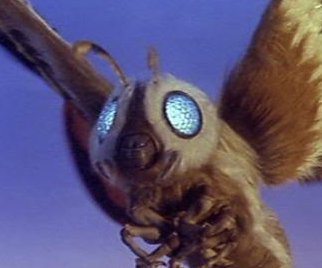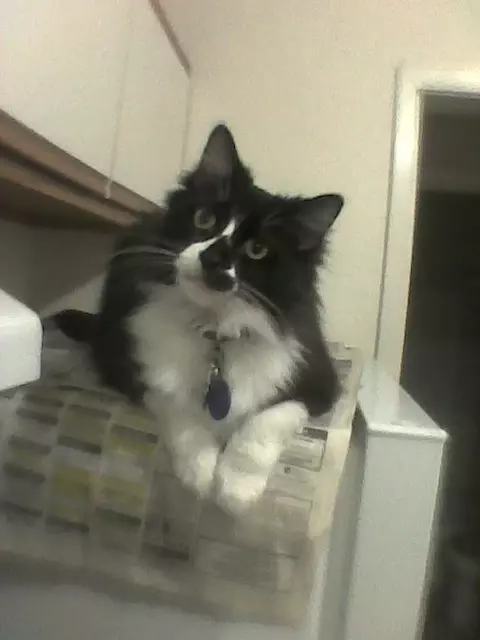I know it’s bacteria, but where is that bacteria coming from? Why doesn’t brushing, flossing, mouth washing, or getting a deep clean at the dentist get rid of it entirely?
It’s bacteria poop.
Why doesn’t […] get rid of it entirely?
Because you keep putting stuff inside your mouth.
Because you keep putting stuff inside your mouth.
It’s a tough world out there, got to pay those bills somehow.
As a follow-up question of what the composition looks like
https://www.ncbi.nlm.nih.gov/pmc/articles/PMC6503789/
The oral cavity has the second largest and diverse microbiota after the gut harboring over 700 species of bacteria. It nurtures numerous microorganisms which include bacteria, fungi, viruses and protozoa. The mouth with its various niches is an exceptionally complex habitat where microbes colonize the hard surfaces of the teeth and the soft tissues of the oral mucosa. In addition to being the initiation point of digestion, the oral microbiome is crucial in maintaining oral as well as systemic health. Because of the ease of sample collection, it has become the most well-studied microbiome till date.
Oral cavity is one of the most well-studied microbiomes till date with a total of 392 taxa that have at least one reference genome and the total genomes across the oral cavity approaching 1500.[21]
Approximately 700 species of prokaryotes have been identified in it. These species belong to 185 genera and 12 phyla, of which approximately 54% are officially named, 14% are unnamed (but cultivated) and 32% are known only as uncultivated phylotypes.[9] The 12 phlya are Firmicutes, Fusobacteria, Proteobacteria, Actinobacteria, Bacteroidetes, Chlamydiae, Chloroflexi, Spirochaetes, SR1, Synergistetes, Saccharibacteria (TM7) and Gracilibacteria (GN02).[22] At the genus level, there is a conserved oral microbial community in healthy mouths. Diversity in the microbiome is individual specific and site specific, despite the similarities. The tongue has numerous papillae with few anaerobic sites and hence harbors a diverse microflora which also includes anaerobes. The areas with low microbial diversity are the buccal and palatal mucosae.[
I am the ocean
I am the sea
There is a world
Inside of me
Soft plaque forms like the other comment said from bacteria excrement.
It then hardens and becomes impossible for a regular brush to get rid of within 24ish hours. It’s why you should get regular cleanings and brush twice a day. And floss.
It’s impossible to sterilize your mouth without causing some kind of damage to yourself. There will always be some organisms left behind somewhere in between your tongue papillae, or under your gums, on your tonsils or the back of your throat, and yes they will multiply very quickly.
Bacteria are everywhere always, and sterilizing your mouth thoroughly enough to destroy all life is not a great plan.
deleted by creator
indeed. Inside canned food, there are dead corpses of bacteria only,
Well, not just that right? I mean some tuna or Spam makes it in as well surely.
deleted by creator
My man!
(☞゚ヮ゚)☞
You can’t get rid of all the germs in your mouth and they multiply quite quickly.






